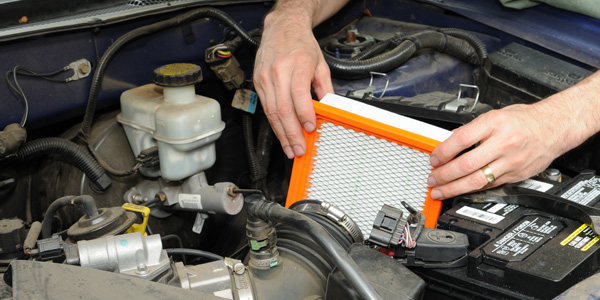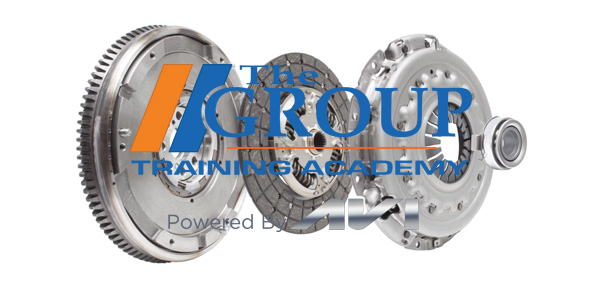
Air filters, cabin air filters, oil filters and (sometimes) fuel and transmission filters are important maintenance parts that typically are replaced according to a time and/or mileage schedule. A vehicle’s service schedule recommendations can be found in the owner’s manual or in a separate brochure. Unfortunately, many motorists never read – or totally ignore – the recommendations.
Factory service schedules are designed to prolong the life of the engine, transmission and cooling system, to reduce premature wear and breakdowns, but also to minimize maintenance costs while the vehicle is still under warranty. That’s why factory oil change recommendations have been stretched to 7,500 to 10,000 miles or more on many late-model vehicles. Most late-model cars and light trucks no longer have recommended change intervals for transmission fluid and filters, or for fuel filters. These so-called “lifetime” fluids and filters are supposed to last a long time – but they won’t last forever. Experience has shown that “lifetime” filters and fluids don’t live up to the hype.
Fuel filters always should be replaced when a fuel pump is replaced (unless the filter is part of the fuel pump module assembly). Likewise, transmission filters should be replaced if a customer is changing the fluid in their transmission.
Last Line of Defense Against Contaminants
Filters are the first line of defense against contaminants. Air filters keep dirt and abrasive particles out of the engine. A good-quality air filter will trap about 98 percent or more of the particles that can cause trouble inside an engine. As the filter media becomes saturated with dirt, it’s efficiency actually increases. But, as the filter becomes clogged with more and more dirt, it also becomes more restrictive to airflow. The greater the pressure drop across the filter, the more it hurts performance and fuel economy.
Ideally, an air filter will be replaced before it causes a restriction in airflow. Whether or not an air filter goes 30,000 miles or 50,000 miles before it needs to be replaced depends on driving conditions and how much dirt the filter has ingested over those miles. Driving on dusty rural gravel roads is a lot different than suburban or city driving. Air filters need to be inspected regularly and changed more on an “as needed” basis than the mileage on the odometer.
The same advice goes for cabin air filters, which typically need to be replaced every couple of years. Carbon-impregnated “odor” filters are only good for about a year before they lose their ability to absorb odors. Cabin air filters are an often overlooked maintenance item because many motorists are unaware their vehicle has one, or how often it should be changed. The filters usually are located behind the glovebox or under a panel in the cowl area of the windshield.
With oil filters, the situation is a little different. An oil filter traps dirt and metallic wear particles in the crankcase to protect the bearings, rings, camshaft and valvetrain components. The life of the oil filter depends on how rapidly contaminants are generated inside the engine. If the air filter is doing its job and prevents dirt from being sucked into the engine, and the rings and cylinders are in good condition and holding a tight combustion seal, and the oil is doing its job of minimizing wear, an oil filter easily should last until the next oil change is needed.
Oil filters have a built-in bypass valve so if they do become clogged and the pressure differential becomes too great, the bypass valve will open, allowing the engine to maintain normal oil pressure. The only problem is that the oil will be unfiltered, which means the bearings, cam and valvetrain have no protection against abrasive wear particles. The small size and limited dirt-holding capacity of many late-model oil filters means regular changes are a must.













